New generation consoles concede that PC Gaming is the way to go!
Controversial title klaxon! But before you mash that keyboard in anger, read on and prepare yourself to embrace our PC gaming way of life, because, with Sony and Microsoft essentially halving the console upgrade cycle from ~7 years to 3 years, it essentially concedes that regular updates to bump core hardware performance are required to get the best gaming experience; something PC builders and gamers have embraced since.. forever!
See what I mean.
Does it really cost that much more?
While you may enjoy the security of a pre-defined platform, begin to understand that PC Gaming is more affordable than ever and the latest generation of graphics cards cements 1080p60 gaming at even baseline levels. OK, you’d have to be an extremely savvy shopper to pick up all new bits for the same price as a PS4 Pro, but you also won’t have to pay a fee per month – bar the common ISP fee - to your PC maker just to get online gaming.
Do you need a PC anyway?
While smartphones are increasingly the choice of internet surfing, chances are though that you’ll need a PC of something creative though, whether it’s work, email, video, music, photography or, whatever. Smartphones still suck at multitasking versus a big monitor. In that case, PCs are siloed for single use, gaming is just one function among many.
How often do you upgrade your phone?
Speaking of smartphones, as people have got used to spending a few-to-several hundred dollars on a new smartphone every 18-24 months – for the best experience - every 36 you’ll be buying a new console – for the best experience. It’s the new normal.
PC upgrade cycles largely depend on the component; power supplies do last several upgrades, but essential performance limiters like graphics cards will be swapped as often as every next or other generation. For example, the most popular graphics card during the last six months was the Nvidia GTX 970: at the time a latest generation product.
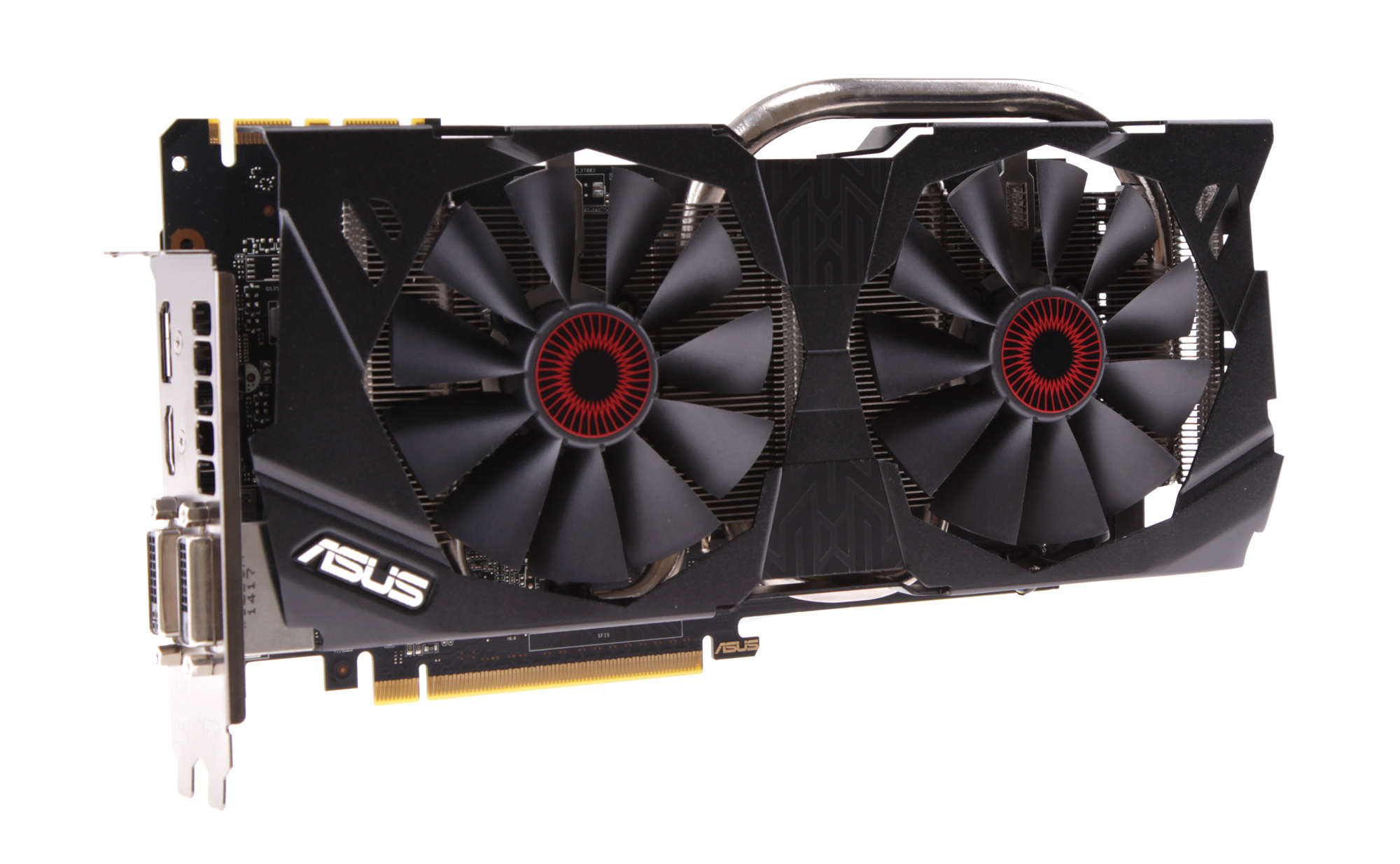
Raw GPU performance isn't that much in 2016.
When we compare raw TFLOP performance of the graphics core, the PS4 Pro GPU is over twice as powerful as the PS4, however it’s still a 17% performance deficit to the RX 470 – a $200 graphics card. And for under $275 you’ll get a 37% jump with an RX 480. Either way, you get to make that choice!
- PS4: 1.84
- RX 460: 2.2
- PS4 Pro: 4.2
- RX 470: 4.9
- RX 480: 5.8
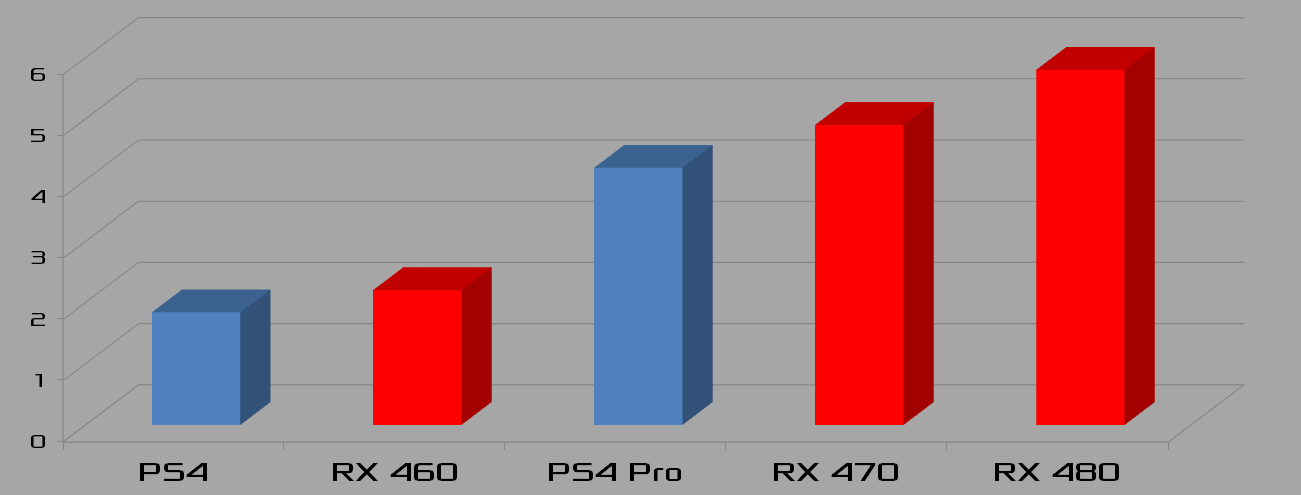
Those are 4GB cards versus 8GB in consoles, but for 1080p60 it’s all you need and it doesn’t have to share system memory. Buying the rest of the PC doesn’t cost that much more, and while you won’t find an octa-core as per consoles, arguably a significantly faster clocked dual-plus-HyperThreading or quad core will be equally suitable for the task. And that’s even before we get to see AMD’s Zen offerings in 2017.
And there's so much more choice of hardware...
In terms of PC features you get the chance to use a blazing fast SSD (or several in RAID), rather than the mechanical options that are exclusively used on console, as well as GSync/FreeSync monitor benefits which are completely unavailable in the HDTV market, mechanical keyboards, hundreds of mice shapes and sizes to choose from. Simply so much flexibility. And if you must, you can still get a wireless PlayStation and Xbox controller for your PC too.
...and software.
With Steam, UPlay, Origin, Windows Store, GOG, Amazon, Humble and many more, you’ve got a huge wealth of online services that over the single store console owners have, and the sales and discounts that the open market brings with it. Meanwhile Microsoft and Sony are actively embracing the PC ecosystem with Xbox/Windows 10 crossover in Play Anywhere and PlayStation Now respectively.
30 years of backward compatibility as standard
Want to play an old game? Go ahead! PC has excellent backwards compatibility to practically any game made in the last ~30 years. OK it may take a bit of work sometimes, but I can still play the original X-COM series or Myst or DOOM, all made in the 90s.
Exclusives are actually for PC gamers. And eSports drives it.
In addition, where the console makers fight each other for exclusives, they’ll regularly end up on PC as well or if they haven’t yet the tide of change is flowing towards it. Meanwhile blockbuster titles like Civilization VI are PC only, as is basically all of eSports. Speaking of eSports, in the US, ESPN says League of Legends draws bigger crowds than the Masters Final round and the NBA Finals, and overall draws a million more people (79 vs 78M) than sports viewership in total!
VR? Yep, which one do you want?
Fancy PlayStation VR? Well, PC gamers have had that for months: pick up a Vive or Oculus, with more choices, second generation improvements and lower prices hitting stores in 2017.
Updates were a fuss, but no longer.
The application of game updates that used to be a chore has been streamlined and automated, as have driver updates with GeForce Experience and AMD Radeon Crimson Software and to its credit, Windows update for things like Intel or sound drivers. Occasionally you can nip back to ASUS.com (or your manufacturer of choice) to check for software updates but it's not required.
Stressful to build? How about a gaming laptop then.
Admittedly building a PC can be stressful, so go buy a gaming notebook instead. The latest 10th generation Nvidia GPUs are now practically on-par with desktop GPUs so you can buy a capable thin-and light 15-inch STRIX, or 17-inch desktop replacement ROG, or even add a graphics card via external Thunderbolt 3 dock these days.
Or check out a tutorial, or forum!
Back to building your own: there are plenty of online video tutorials or forums (including here!), Reddit, Facebook groups if you’re starting out. Once you get past the stress of the unknown it’s really fun to do it yourself. Then the bug will bite you and you’ll want to reorg the cables to satisfy your OC, upgrade the memory, ooh look at that discount on an ROG Sica…! Ahh I want an MG279Q 144Hz FreeSync monitor. Ooh a Steam sale is coming soon…
Author
Popular Posts
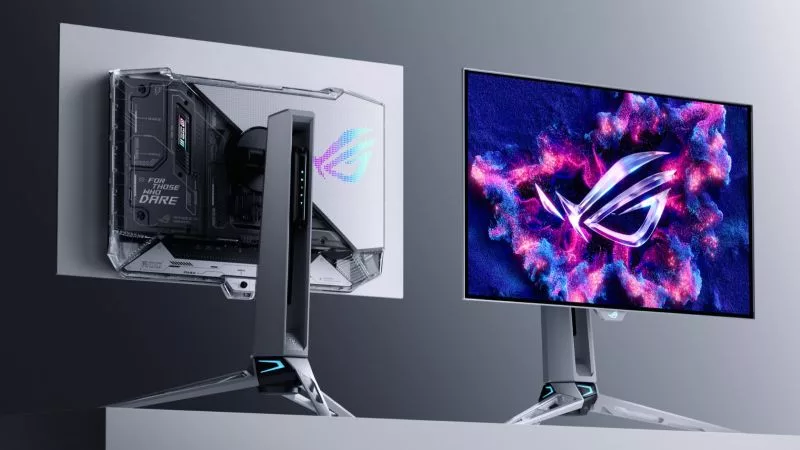
Prepare for Tandem OLED splendor with these new ROG gaming monitors
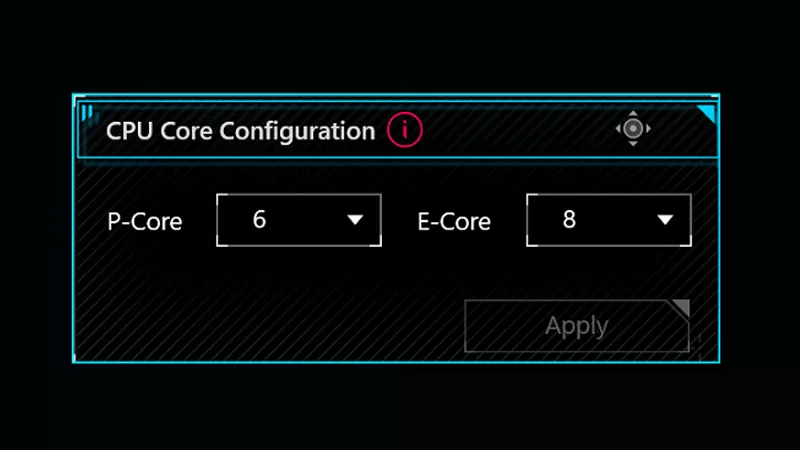
How to adjust your laptop's P-Cores and E-Cores for better performance and battery life
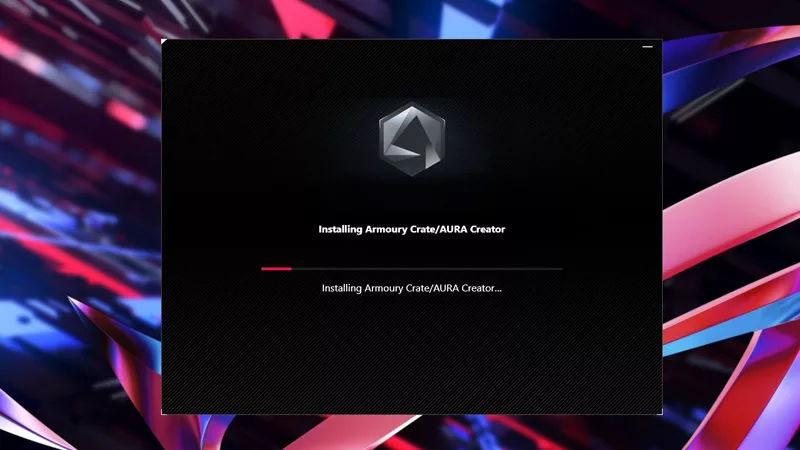
How to Cleanly Uninstall and Reinstall Armoury Crate
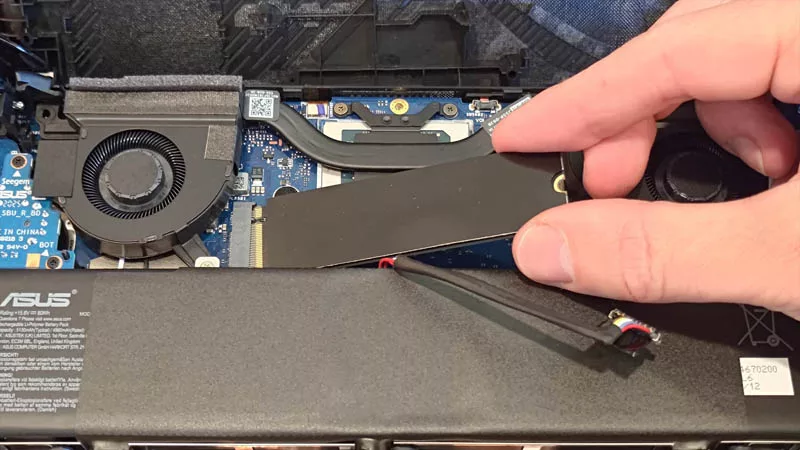
How to upgrade the SSD and reinstall Windows on your ROG Ally, ROG Xbox Ally, or ROG Xbox Ally X
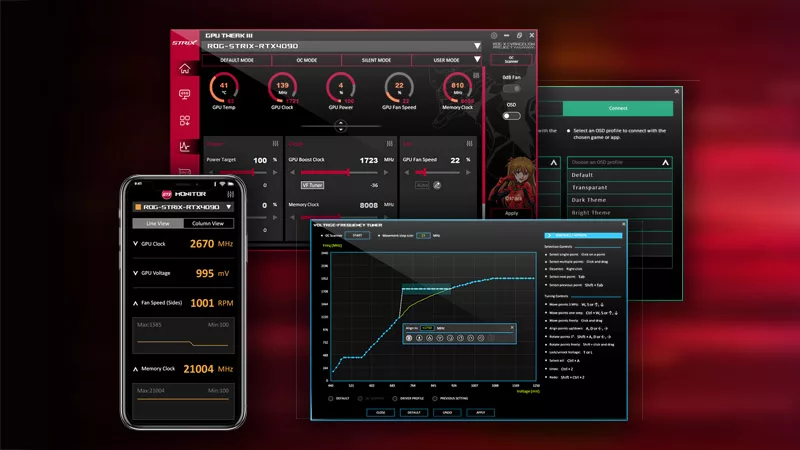
ASUS GPU Tweak III: The ultimate tool for advanced GPU tuning
LATEST ARTICLES
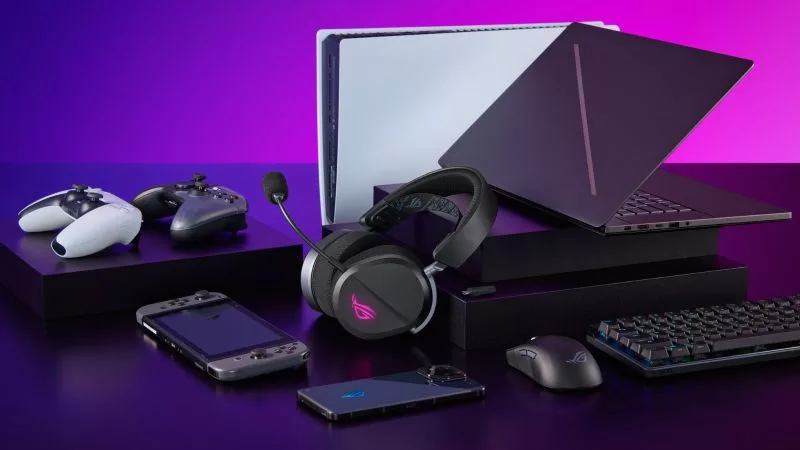
Level up your Xbox, PlayStation, and Nintendo Switch 2 with these ROG accessories
ROG has headsets, controllers, and other gadgets that’ll amp up your console experience, too.

How ROG reinvents the PC gaming platform
Here's why millions choose the Republic of Gamers, ROG, as their defining gaming destination.

The best AAA games for the ROG Ally and ROG Ally X
The ROG Ally is a new breed of handheld, capable of handling large-scale AAA games with great performance. Here are some of our top games for the system.

ROG Travel has assembled a legendary cast for its new ROG Xbox Ally video
ROG Travel is back in action with a zany new video to get folks aboard the ROG Xbox Ally hype train.
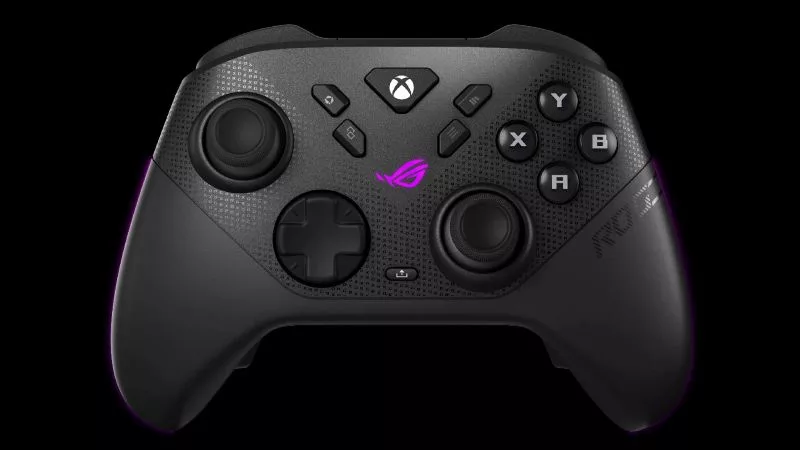
The ROG Raikiri II Xbox Wireless Controller is your next-gen premium gamepad for console and PC
From your desk or your couch, the ROG Raikiri II Xbox Wireless Controller is perfect for your PC, Xbox, or ROG Xbox Ally.

Four slick ROG PC gaming battlestations to model your setup after
Check out some of the coolest gaming PC battlestations assembled by ROG fans.